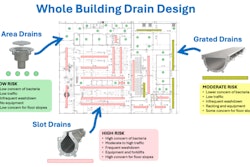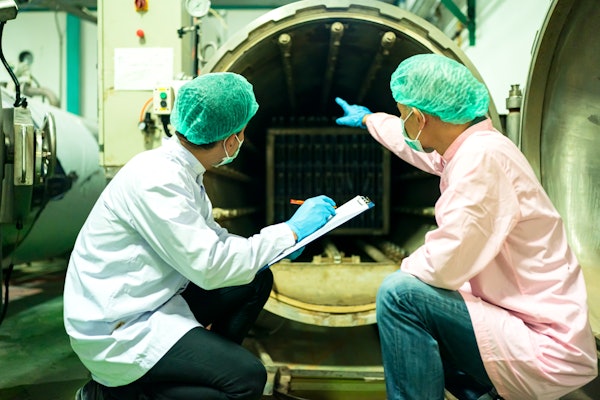 | Read this story on facility and equipment design best practices based on insight from 2025 Summit on Hygienic Design industry experts. |
Kyle Lake, Product Market Manager, Baumer USA: Kyle Lake with Baumer USA. What we're here at the 3-A Sanitary Conference today, we're showing some different hygienic connections and how they apply in tanks.
So we have your traditional tri-clamp connection here with a short ferrule. It's going to be pitched for self drainability. As you come down, we have a G-half hygienic connection here, so it's going to be a threaded connection making a crevice-free seal on the peak in the front of the instrument. Again, flush, cleanable, drainable.
When you come down here, we're using what we call our Baumer Hygienic Connection. It's a front O-ring like this right here. So as you put the unit in, it seals on the front. It actually has a mechanical stop so you can't overcompress and cause leakage or damage. And again, you have your flush mount drainability right there.
We also have additional well fittings in here, so if you want to come in and take a closer look, everything is flush, crevice free, CIP[Clean-in-Place]able, and then even right here you have a flush mount temperature sensor that uses a peak seal so that you can have crevice-free measurements in there.




















